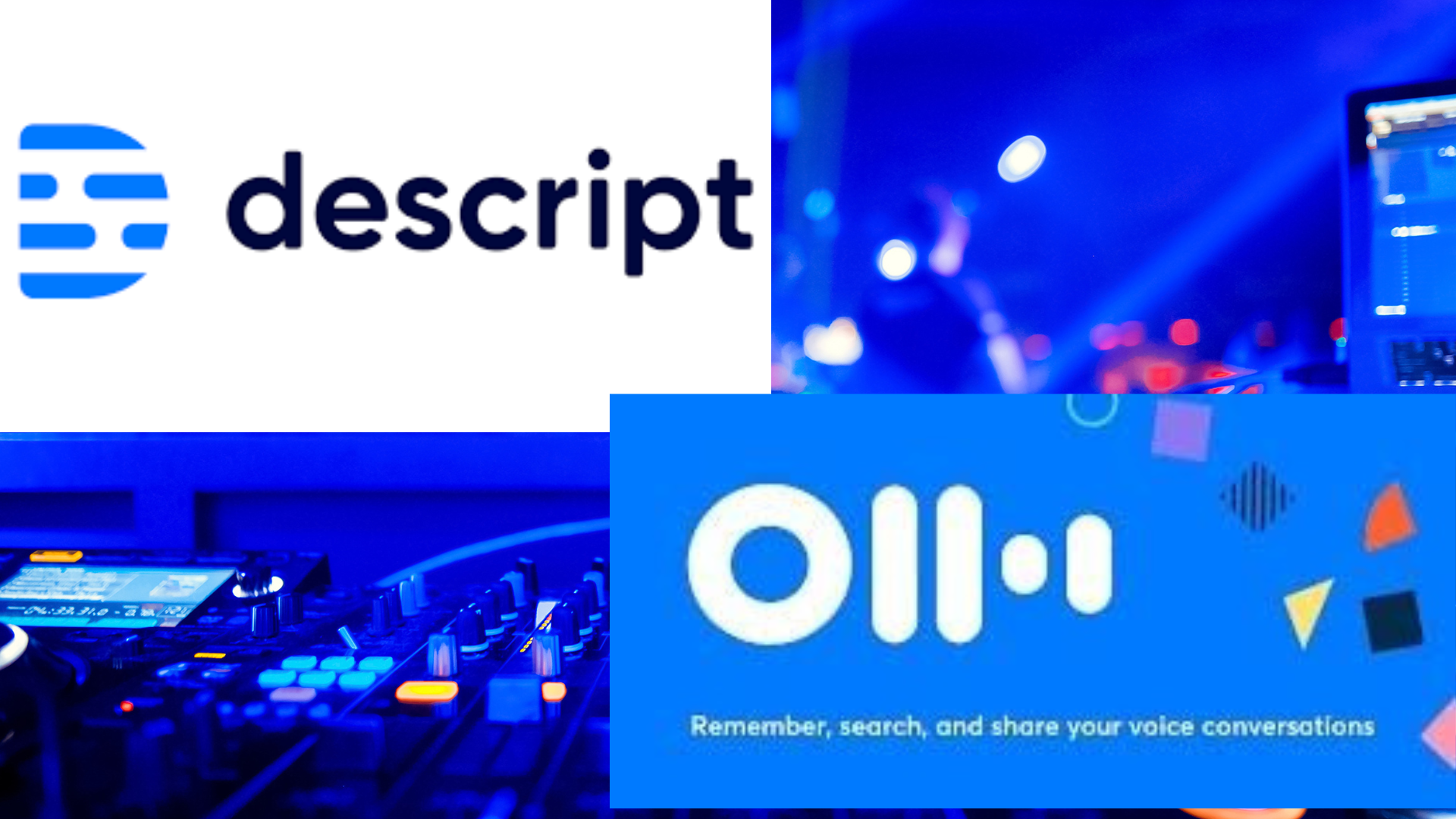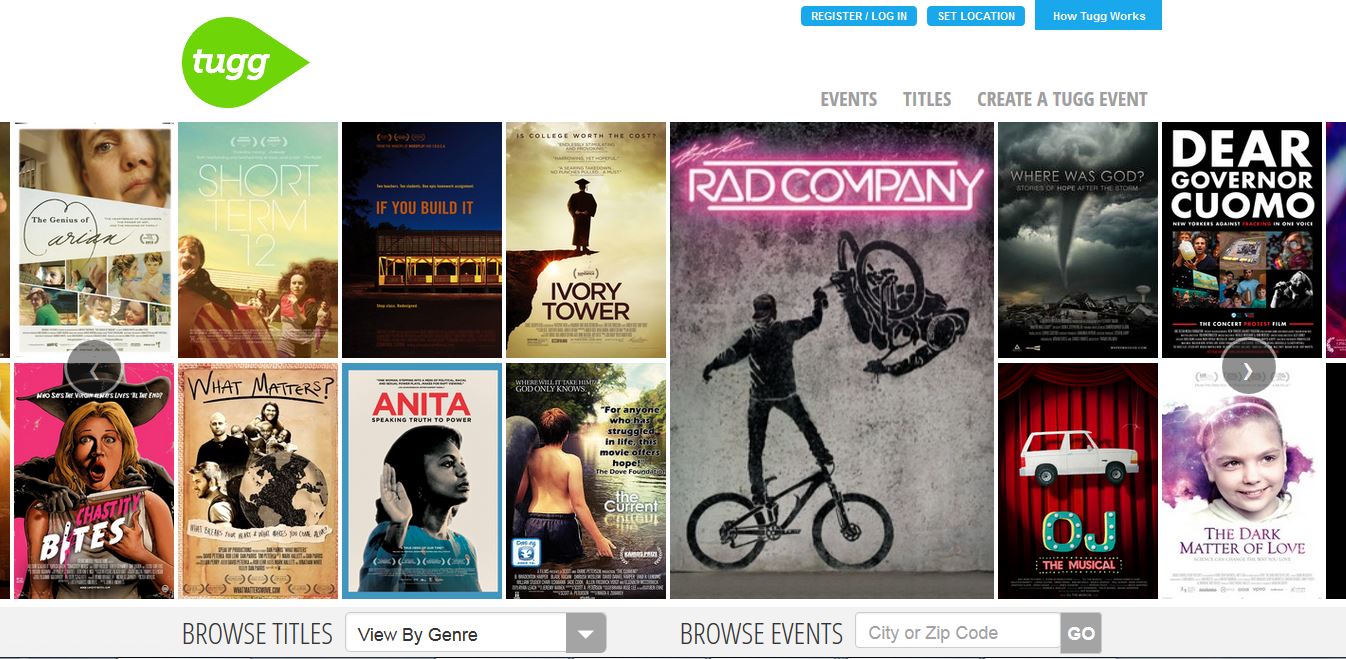Free To Play: A Live Video Game Performance redefines interactive theatre by merging live performance with real-time gameplay. Supported by the Frank-Ratchye STUDIO for Creative Inquiry, the production explores how digital platforms, gamification, and audience participation reshape creative agency and engagement in contemporary performance.
Throughline: A Transformative Digital Orchestral Experience
The sudden closure of performance hall doors in March 2020 forced orchestras to rethink the meaning of staying connected with their community. In an instant, all classical music organizations became media production organizations — otherwise, they ran the risk of entirely losing touch with their audiences. The pandemic, which accelerated many long overdue innovations in the orchestral world, provided a not-so-gentle push to those who treated digital media as an afterthought to the sacred pillar of live performance. The discoveries made during this last year and a half has challenged orchestras in their method of artistic production. Throughline serves as an exemplary model of what can be accomplished when orchestras use the digital world in a meaningful and intentional way.
Taking the Museum Experience Online with VOMA: The Virtual Online Museum of Art
Partially because of the pandemic, the world of art and museums is changing with the implementation of new technology and platforms. VOMA, or “Virtual Online Museum of Art,” is the first fully interactive virtual museum. This review discusses its pros and cons in the context of other recently created virtual museums.
Audience Engagement Outside of The Museum: Camera Function in Google Arts & Culture App
When considering how technology can improve and increase audience engagement with art, many immediately think of technology can be applied in house to create a more participatory experience. Yet, audience engagement can continue even when the audience is not in the museum. How can an arts organization engage with visitors even when they are not physically in the institution?
An Ode to the Metropolitan Museum of Art’s New App Function
Have you ever wandered around the Metropolitan Museum of Art and wondered where you were or if an exhibition was still showing? Well, the Met as a treat for you. In the newest update of their mobile app, they incorporated an interactive detailed map that shows you the floor plan of the entire museum, exhibit location and artwork. With specific information about upcoming and current exhibitions, including their exact location in the museum, this app has become much more useful since its sans-map days last year.
An Ode To The Metropolitan Museum of Art's New App Function
Have you ever wandered around the Metropolitan Museum of Art and wondered where you were or if an exhibition was still showing? Well, the Met as a treat for you. In the newest update of their mobile app, they incorporated an interactive detailed map that shows you the floor plan of the entire museum, exhibit location and artwork. With specific information about upcoming and current exhibitions, including their exact location in the museum, this app has become much more useful since its sans-map days last year. Read the full review here.
Lessons to Learn from Juilliard Open Studios
What can an arts manager learn from the lessons taking place in a conservatory? A new app, Julliard Open Studios, might just hold the answers. Read Kevin O'Hora's product review of the app here.
Tableau: The High Cost/ High Reward of Data Vizualization
With more than 23,000 customer accounts, Tableau has established itself as a powerhouse of data visualization experts. Clients include aerospace companies such as SpaceX, healthcare institutes like John Hopkins Hospital, and even financial sector customers such as Goldman Sachs. But what does Tableau- a rather expensive budget line item- do for its non-profit customers like the Red Cross? What does data visualization even mean for non-profit groups, let alone arts organizations?
ARTLENS @ Gallery One: A Look at the Future of Museum Engagement
Tugg: An Easy Way to Host a Movie Screening of Independent and Emerging Filmmakers
In the U.S, rights to present movies from major film studios can be obtained through Swank Motion Pictures and Criterion USA, the two largest film licensing companies in the nation. A third option that caters to independent films and grass roots organizations was launched at SXSW in 2012. Tugg functions mostly as an intermediary between independent filmmakers and their audiences, making it easy for movies to be shown in theaters and alternative venues. Its format makes it valuable for organizations that do not have an appropriate venues or filmmakers looking to increase their exposure.













